Want to learn exactly how to create a prospecting email that will get a response? Watch this short how-to sales training video that will walk you through step-by-step what every great prospecting email must have.
Video created by Marc Wayshak, sales strategist and author of the book, Game Plan Selling. Please share your comments below!
Full Video Transcript:
Today we’re going to be talking about how to send killer prospecting emails. I’ve found in my own experiences and working with some of my clients that you really can use email as an effective tool, whether it’s as a tool that supplements a prospecting call or as a tool that you use as an initial way to make contact.
First of all let’s remember that when we send an email most prospects are going to be dealing with hundreds of emails a day, so we have to have a strategy that’s going to separate us from everyone else—and also let’s remember that the typical person is not only checking their email via computer, but quite possibly on their smartphone. So if you look at the smartphone view of an email you’ll see that you have very little information: you have the email address of the sender, the subject and then the first basically 50 or 60 characters—that’s all you get. My own personal routine every morning is to go through my emails on my iPhone and delete most of the ones that I deem as not important, so before I even open them I’m deleting them—you have to remember that deleting emails before reading them is something our prospects are doing all the time.
Let me give you an example of a prospecting email that I received that just stuck out to me as wrong and poor in so many ways. I don’t mean to pick on Vikas, but he sent me an email and here are a few things I noticed: one, it’s very long, it’s such a long email that I’m not really going to read it. Two, it’s boilerplate—now clearly this person got my information from my website and they didn’t care to put my name in it, it just says, ‘Hi, my name is Vikas SEO consultant.’ It’s also boilerplate in that there’s nothing specific about me in this email, so immediately I know that I’m going to delete this email.
Three, it’s very formal in tone. Look at the email, the second line says, ‘I hope you’re doing well and have time to read my proposal.’ Advertising in the online world is one of the most inexpensive and highly effective methods of promoting a business, but this is one of the biggest mistakes I see people making: they’re using very formal language that the reader is not going to find engaging. I don’t know why most people, when they start writing marketing copy, want to use big fancy words and they want to sound so ‘smart.’ The problem is that people don’t like to read that stuff, we don’t want formal, and ultimately: it doesn’t engage. Look at the bottom of the email, it just says, ‘Feel free to contact me in case of any inquiry.’ There’s no engagement. Now there are a lot of other things that went wrong in this email but the fact that there’s no engagement presents a major challenge.
So let me walk you through a process I’ve created that outlines how to most effectively envision and think about sending any email. First is that we want it short—never send long emails to a prospect. Whether it’s a follow-up on a cold call that you made, or it is your first introduction, you always want it to be short. You have to realize this person most likely doesn’t know you or who you are, so keep it very short; most people are going to take a look at an email and say ‘Nah’ or, ‘Ok this could be interesting.’ Next is that we want it personalized—add some details in the email that show that you know what you’re talking about with regards to them, you know their organization, maybe a challenge that you have.
It’s worth spending the little bit of extra time to just show that you know what their world is about; that doesn’t mean that you have to write a completely new email every time you send a prospect email, but make sure it’s personalized, and I’m going to show you an example in a minute. Next is that you want it to be engaging, and by engaging I mean you literally engage at the end with some kind of a question that puts pressure on them to want to respond. And then finally you want it casual—casual language, I don’t care if you’re sending an email to the CEO of a Fortune 500 company, you want it to be casual in language. Now obviously if your world is a very technical world and you’re selling a technical sale to a technical person then there is nothing wrong with having some technical language in there, but otherwise you want the language to be just like you’re talking to a normal person.
So let me show you an example of an email that embodies these qualities—this is actually not an email that I sent, but I just wrote it and it’s just an example. So the first thing that you’ll notice is the subject of the email, it says ‘May convention in Vegas.’ This is for me, this is imagining that I’m trying to get a speech from an association, and so I did a little research and obviously I know that they have a convention in May and it’s in Las Vegas.
Next you’ll see, ‘Hi John, Jane said that you were planning the keynote for your May convention in Vegas,’ so obviously I did some research—I may have called and spoken to someone at the office and found out that John is the person who does the planning for the keynote speech, great. ‘She thought that my program on ‘How to Double Sales in the New Economy’ might be a good fit.’ Then, ‘Have you begun planning yet?’ Thus I’m ending it with a question, and ‘Best, Marc.’ Then at the bottom is my signature, where I might have a little bit of information; you’ll see here, ‘Marc is the author of two books, Game Plan Selling and Breaking All Barriers,’ with the links to those books on Amazon. That way there is some credibility and if he is curious he can obviously take a look at my website, but otherwise I’m not sending a lot.
So what do we notice about this email? First of all it’s very short, right? Not a lot there, to the point of almost being too short, but this person doesn’t know who I am, so I want it to be very short.
Next you’ll notice that it’s personalized: I mention Jane, who works in the office with John, and it talks about the May convention in Vegas. This email is clearly showing that I’ve done a little research, and of course I have his name, ‘Hi John.’ Next, it’s engaging: I engaged with the question at the end, which was, ‘Have you begun planning yet?’ It’s a very simple question. Finally, it’s casual: I’m not sending something that is really technical, it’s just like I’m talking to him. So these are the big pieces that we want to remember: keep it short, keep it personalized, engage the person, and then just keep it casual.
I hope that was helpful, and just as a gift for hanging in there I want to send you or give you an opportunity to get my eBook, ‘How to Connect with any Prospect to Close More Sales.’ By the way, you could even use some of the principles in this eBook when it comes to email prospecting—go to gameplanselling.com, just fill in your information and you can get the eBook. Again my name is Marc Wayshak, I’m America’s coach on Game Plan selling, hope this was helpful, feel free to email me with any specific questions. Thanks again.
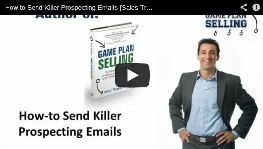
Enjoyed this article? Please share away!

Get instant access to our free sales training:
Why Prospects Push Back on Price, Give 'Think-It-Overs,' and Ghost in Sales Until They Meet a Sales Superstar Who Is Following These 7 Simple Keys

About the Author Marc Wayshak
Marc is is the best-selling author of three books on sales and leadership, including the highly acclaimed titles Game Plan Selling, The High-Velocity Sales Organization and his forthcoming book, Sales Conversations, Mastered.
Marc is a contributor to Inc, HubSpot, Fast Company, Entrepreneur Magazine, and Huffington Post Business. He also hosts a popular YouTube channel on sales strategy with over 103,000 subscribers.
Marc helps thousands of people his data-driven, science-based approach to selling that utilizes all the best tools available to sales organizations today.

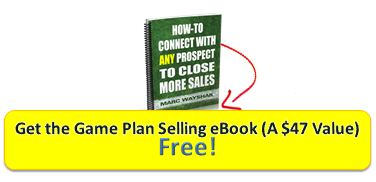
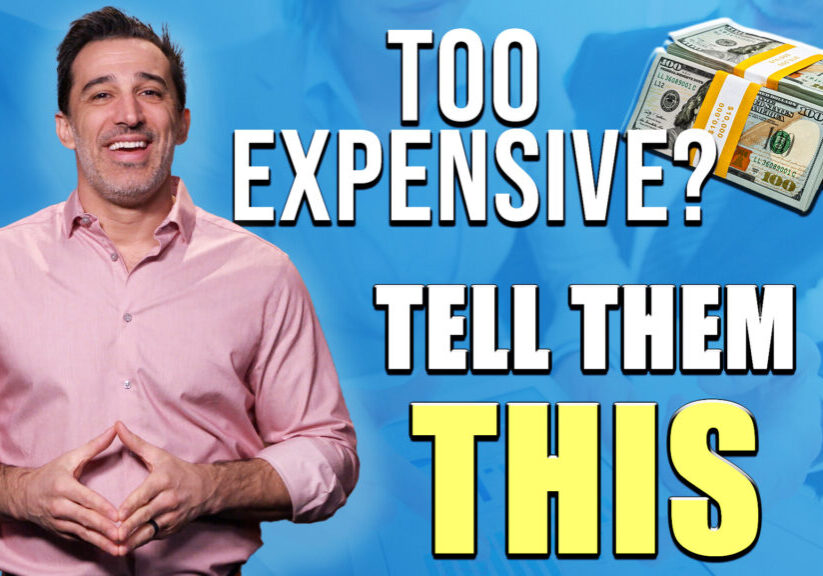
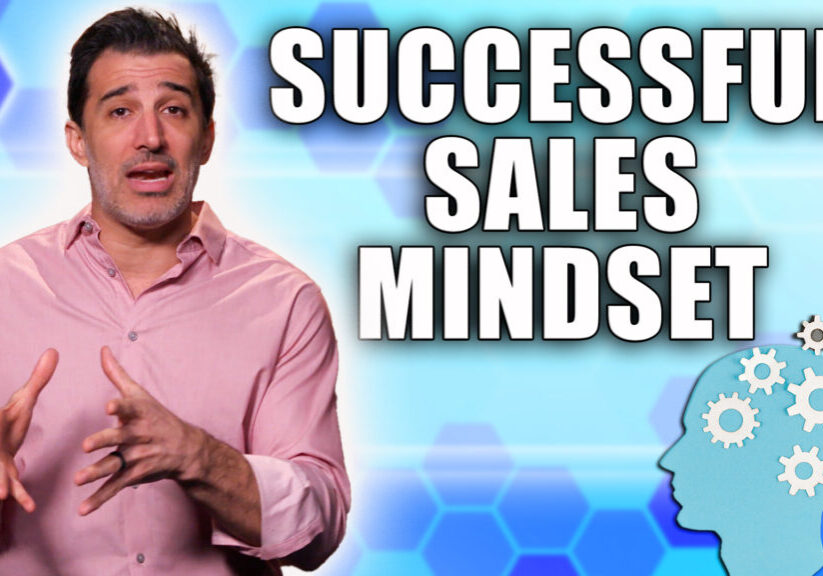
![How-to Sell to Power [C-Suite Sales Must-Knows!] How to Sell to Power [C-Suite Sales Must-Knows!]](https://salesinsightslab.com/wp-content/uploads/bb-plugin/cache/How-to-Sell-to-Power-C-Suite-Sales-Must-Knows-1024x576-landscape-7a52c541b28a7b772ad9e1010d8240be-.jpg)
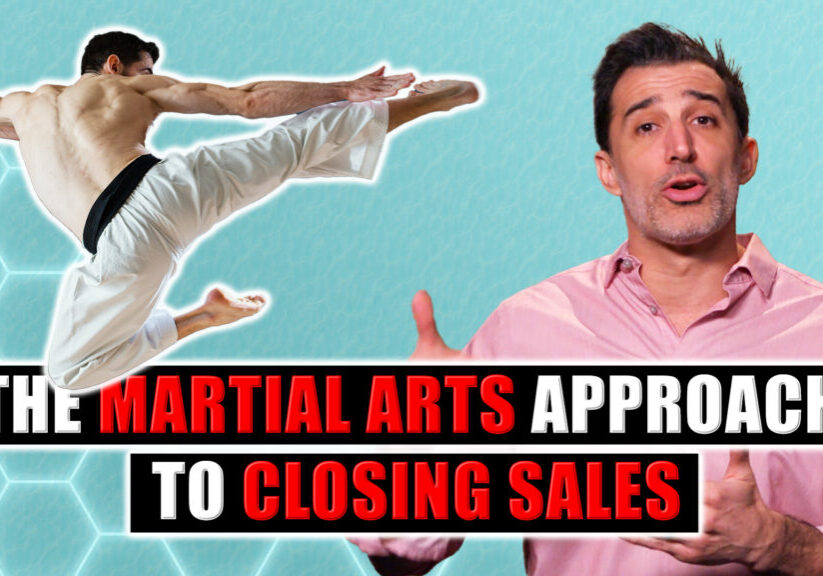
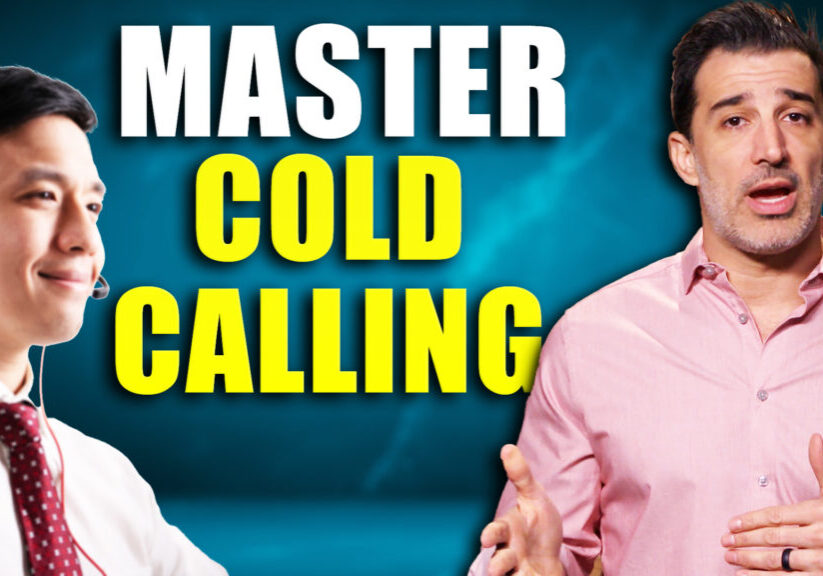
![The Absolute Best Way to Start a Sales Conversation [WITH ANY PROSPECT] The Absolute Best Way to Start a Sales Conversation [WITH ANY PROSPECT]](https://salesinsightslab.com/wp-content/uploads/bb-plugin/cache/The-Absolute-Best-Way-to-Start-a-Sales-Conversation-WITH-ANY-PROSPECT-1024x576-landscape-be9d9379ab94d9f71b5bfeed42246a84-.jpg)